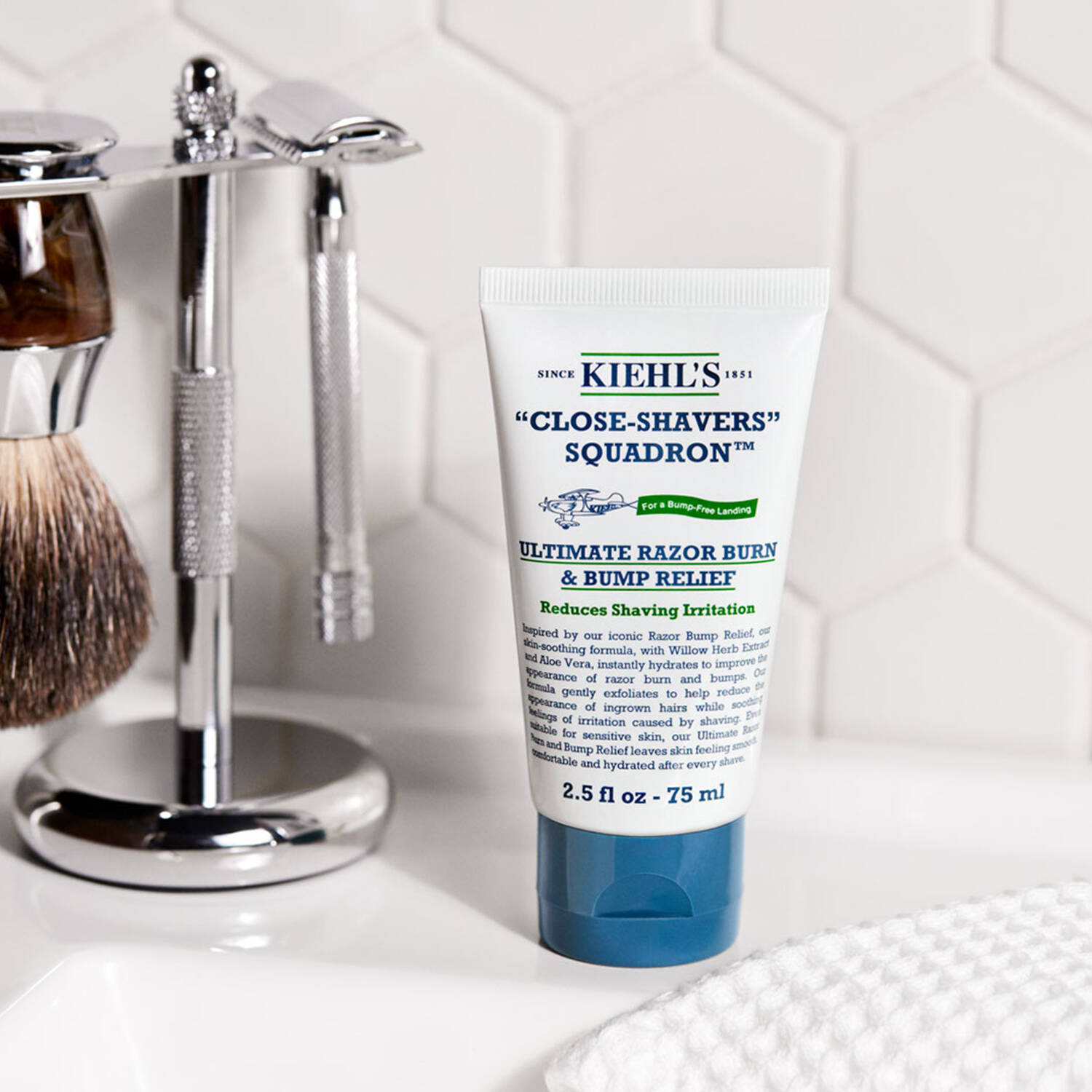The Ultimate Guide to Soothing Red Bumps after Shaving for Beginners

Razor blade Melt or Ingrown Hairs? How to Set apart and Treat Them
Shaving is a popular grooming regimen for both guys and women. Nonetheless, it can at times lead to unwanted skin layer issues such as shaver burn or ingrown hairs. These problems may be irritating and annoying, but understanding the distinction between them is essential in purchase to correctly deal with them. In this post, we will certainly discover the causes, indicators, and therapy options for both shaver burn and in-grown hairs.
Shaver burn is a popular skin irritability that takes place after shaving. It normally provides as inflammation, swelling, and a burning sensation on the shaved area. Shaver burn may happen due to a variety of main reasons such as using a plain cutter, administering as well a lot pressure while shaving, not utilizing sufficient lubrication or emollient, or having vulnerable skin.
On the other hand, ingrown hairs are hairs that have buckled back into the skin layer instead of expanding out of it. This disorder develops when hair roots come to be clogged with dead skin layer tissues or oil. Reference seem as tiny bumps on the skin layer along with a obvious hair caught beneath the surface area. They can easily be itchy and lead to soreness.
Differentiating between shaver burn and ingrown hairs can easily occasionally be challenging since they share some comparable signs and symptoms. However, there are a couple of crucial distinctions that can aid you recognize which ailment you are experiencing.

Firstly, shaver burn commonly influences bigger places of the skin layer where shaving has taken spot. It typically occurs on areas like the face (for men), legs (for women), underarms, or bikini line. On the other palm, in-grown hairs have a tendency to appear in particular locations where individual hair hair follicles have become trapped beneath the surface of the skin.
Secondly, razor burn is identified through redness and swelling that might be followed through a burning experience. The affected place may likewise really feel tender to contact. In comparison, ingrown hairs often offer as small, raised bumps on the skin layer with or without a noticeable hair trapped beneath. They may be itchy and may in some cases become infected, leading to pus-filled sores.
Currently that we have discussed the variations between shaver burn and ingrown hairs, let's move on to the therapy choices for each condition.
When it comes to razor burn, avoidance is key. Avoiding any type of additional irritation is important to permit your skin to heal. To deal with razor burn, start by gently cleaning the affected area with a moderate cleansing soap or facial cleanser. Apply a cool compress or ice pack to lower inflammation and alleviate the skin layer. You may additionally utilize over-the-counter lotions or gels containing ingredients like aloe vera vera or hydrocortisone to soothe the inflammation. Moisturizing the area routinely may likewise aid in stopping dry skin and advertising healing.
For ingrown hairs, gentle peeling is important in purchase to get rid of lifeless skin layer tissues that might be shutting out hair hair follicles. You may utilize a soft-bristled brush or an scrubing scrub to carefully scour the affected location during your showering schedule. This will assist release trapped hairs and stop additional ingrown hairs from developing. It's crucial not to select at or squeeze ingrown hairs as this may lead to disease and scarring. If an in-grown hair comes to be infected, consult a skin specialist who might suggest anti-biotics or various other medications.
In conclusion, shaver burn and ingrown hairs are typical skin layer problems that can easily happen after shaving. While they discuss some identical signs, understanding the differences between them is important for proper treatment. Shaver burn typically affects bigger regions of the skin layer with soreness and inflammation, while ingrown hairs seem as tiny bumps with entraped hair below the surface area of the skin layer. By adhering to precautionary action and making use of proper treatment techniques, you can easily properly deal with these problems and keep healthy-looking skin after shaving.
